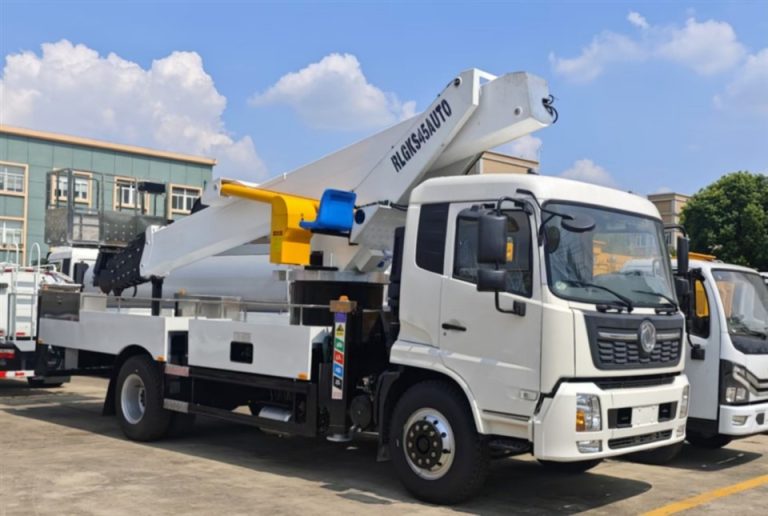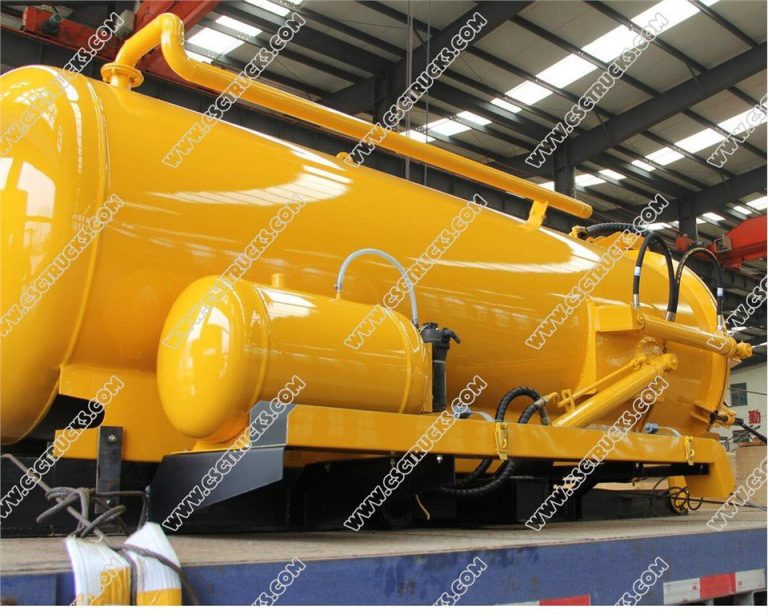Introduction
The ability to understand and implement a semi trailer plug wiring diagram is essential for anyone involved in heavy-duty trucking and trailer maintenance. A semi trailer plug is the critical connection between a truck and its trailer, enabling power transfer for lighting, brakes, and other systems. This article will provide an in-depth look at wiring diagrams, their importance, types of connectors, detailed wiring guides, troubleshooting tips, and a FAQ section to address common inquiries related to semi trailer plug wiring.
Understanding Semi Trailer Plug Wiring Diagrams
What is a Semi Trailer Plug Wiring Diagram?
A semi trailer plug wiring diagram is a schematic representation showing how to connect the various wires in a semi trailer plug to ensure proper electrical functionality. This diagram can be used for both installation and troubleshooting purposes.
Importance of a Proper Wiring Diagram
Having a clear and accurate wiring diagram is crucial for several reasons:
- Ensures safety: Proper wiring prevents electrical shorts and overheating.
- Facilitates maintenance: A diagram aids in troubleshooting issues effectively.
- Enhances efficiency: Streamlines the installation process by clarifying connections.
Types of Semi Trailer Plug Connectors
Common Types of Connectors
Semi trailer plugs come in different configurations and pin counts. The most common types include:
| Connector Type | Pin Count | Usage |
|---|---|---|
| 7-Pin Round Connector | 7 | Common for most trailers |
| 6-Pin Round Connector | 6 | Less common, used for lighter loads |
| 4-Pin Flat Connector | 4 | Used for small utility trailers |
| 5-Pin Flat Connector | 5 | Popular for RVs and travel trailers |
Choosing the Right Connector
Select a connector based on the trailer’s requirements and the type of load being carried. Ensure compatibility between the truck and trailer connectors to avoid performance issues.
Wiring Diagrams for Different Connectors
7-Pin Round Connector Wiring Diagram
The 7-pin round connector is the industry standard for most heavy-duty trailers. Below is a basic wiring diagram:
| Pin Number | Wire Color | Connection |
|---|---|---|
| 1 | Brown | Tail Lights |
| 2 | Yellow | Left Turn Signal |
| 3 | Green | Right Turn Signal |
| 4 | White | Ground |
| 5 | Blue | Electric Brakes |
| 6 | Red | Brake Lights |
| 7 | Black | 12V Battery (Power) |
6-Pin Round Connector Wiring Diagram
The 6-pin round connector is slightly less common. Here is its wiring configuration:
| Pin Number | Wire Color | Connection |
|---|---|---|
| 1 | Brown | Tail Lights |
| 2 | Yellow | Left Turn Signal |
| 3 | Green | Right Turn Signal |
| 4 | White | Ground |
| 5 | Red | Brake Lights |
| 6 | Blue | Electric Brakes |
4-Pin Flat Connector Wiring Diagram
The 4-pin flat connector is best for lightweight trailers. The wiring layout is as follows:
| Pin Number | Wire Color | Connection |
|---|---|---|
| 1 | Brown | Tail Lights |
| 2 | Yellow | Left Turn Signal |
| 3 | Green | Right Turn Signal |
| 4 | White | Ground |
Step-by-Step Guide to Wiring a Semi Trailer Plug
Tools and Materials Needed
- Wire strippers
- Electrical tape
- Heat shrink tubing
- Multimeter
- Wiring diagram
Preparation
Before starting, ensure you have all necessary tools and materials. Review the wiring diagram relevant to your connector type and prepare the workspace by keeping it clean and organized.
Wiring Steps
- Strip the Wires: Strip about half an inch of insulation from the end of each wire that will connect to the plug.
- Connect the Wires: Refer to the wiring diagram and connect each wire to the appropriate pin on the connector. Secure each connection with solder or crimp connectors.
- Insulate the Connections: Use heat shrink tubing or electrical tape to protect exposed wires and joints.
- Test the Connections: Once all connections are made, use a multimeter to test the continuity of each wire. Ensure there are no shorts before connecting to the vehicle.
- Finalize the Plug: Once testing is complete, double-check connections and ensure everything is secured properly before use.
Troubleshooting Common Wiring Issues
Identifying Electrical Problems
Knowing how to troubleshoot common issues can save time and effort. Here are some common problems and their solutions:
- Faulty Lights: If tail lights or turn signals do not function, check the wiring connections, replace blown fuses, and ensure the grounding is secure.
- Weak Signals: Weak or flickering signals can indicate loose connections or frayed wires. Inspect and replace damaged wires.
- Brakes Not Functioning: If electric brakes fail to activate, check the blue wire connection to ensure it’s securely attached to the brake controller.
Tools for Effective Troubleshooting
Tools that can help troubleshoot include:
- Multimeter: For testing voltage and continuity.
- Voltage Tester: To quickly check for power at the plug.
- Wire Strippers and Crimpers: For repairing damaged connections.
Practical Tips for Maintaining Your Trailer Plug
Regular Inspections
Conduct regular inspections of the trailer plug and wiring to prevent issues. Check for:
- Corrosion: Look for any signs of rust or corrosion on the plug.
- Frayed Wires: Inspect for any wear or damage to the insulation on wires.
- Secure Connections: Ensure all connections are tight and secure.
Proper Cleaning Procedures
Cleaning the connectors regularly can prevent corrosion. Use the following steps:
- Disconnect the plug from the truck and remove it from the trailer.
- Clean the pins with a wire brush or a soft cloth and contact cleaner.
- Apply a thin layer of dielectric grease to protect terminals from moisture.
Concluding Thoughts on Semi Trailer Plug Wiring
Understanding the wiring diagrams and maintaining your semi trailer plug can greatly enhance your trailer’s performance and safety. Regular maintenance, effective troubleshooting, and following proper wiring procedures will ensure that your trailer remains reliable on the road.
FAQ Section
1. What Are the Signs of a Faulty Trailer Plug?
Common signs include flickering lights, non-functioning lights, and issues with brakes or signal lights.
2. Can I Use a 7-Pin Connector on a 6-Pin System?
Yes, but you will need to ensure the 7-pin plug is wired correctly to avoid performance problems. Many adapters are available for compatibility.
3. How Often Should I Inspect My Trailer Wiring?
It is recommended to inspect your trailer wiring and plug at least once every few months, especially before long trips.
4. Is It Difficult to Wire a Semi Trailer Plug Myself?
Wiring a semi trailer plug is straightforward, provided you follow a wiring diagram and basic electrical principles.
5. What Tools Do I Need to Wire a Trailer Plug?
You will need wire strippers, crimpers, a multimeter, electrical tape, and the appropriate wiring diagram for your plug type.
6. Can Corrosion Affect Trailer Plug Functionality?
Yes, corrosion can lead to poor connections, resulting in malfunctioning lights or brakes. Regular cleaning can mitigate this issue.



